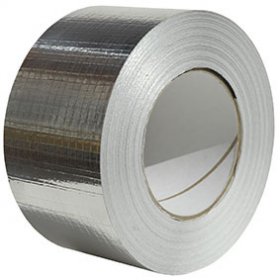- cross-posted to:
- [email protected]
- cross-posted to:
- [email protected]
A severed mosquito proboscis can be turned into an extremely fine nozzle for 3D printing, and this could help create replacement tissues and organs for transplants.
I’ve linked to a decent write-up on Tom’s Hardware, but New Scientist covered it last week too.
Source paper: 3D necroprinting: Leveraging biotic material as the nozzle for 3D printing (science.org)



Yes but does it have to be dead at the time?
I’m really not sure why they felt the need to point this out in the article.
Yes, the first attempts via the more obvious approach of using a live mosquito were a lot trickier, because the techniques required in persuading the mosquito to comply were outside of the specialist knowledge base of the team. That is, until one serendipitous moment when a heavy-handed researcher accidentally killed a mosquito whilst trying to attach it to a printer. The surprise and elation that must have resulted when they realised they could use mosquito husks must have been a sight to behold. The missing piece of the puzzle had finally fallen into place; some might say by Divine Providence. I daresay some of the project leads were kicking themselves! “It’s so simple! Dead mosquito proboscises! Dead! Why didn’t I think of that?!”, etc. But I think we should go easy on those people, we could all get a doctorate in the field of hindsight!
In the end, just like many discoveries before, penicillin, safety glasses, velcro etc., this breakthrough owes a lot to blind chance.